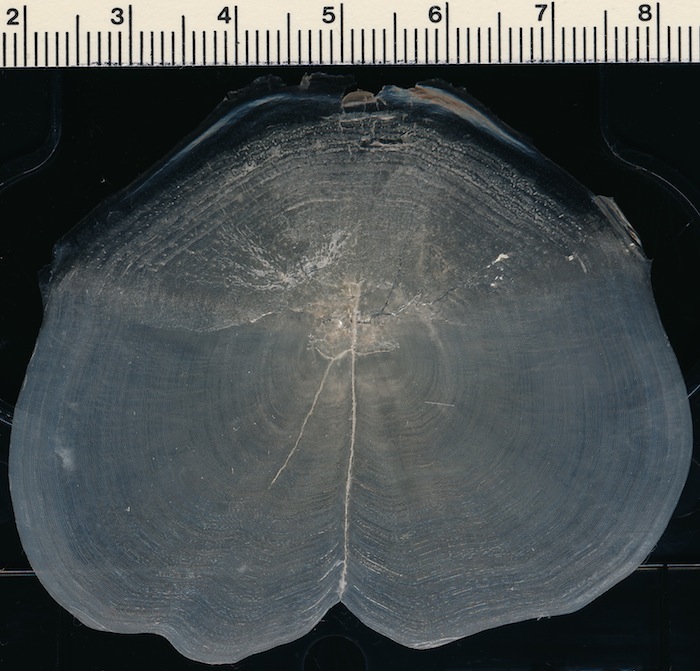What are the benefits of being a tarpon fish with scales that can reach the size of a human palm? Scientists are able to tell what dark waters you’ve lived and traveled in by analyzing the scales chemically.
Graduate student Matthew Seeley and associate professor Benjamin Walther at the college's Marine Science Institute are using fish scales to study Gulf of Mexico tarpon, the movement and habitats of which have baffled people for years. Tarpon scales grow by laying down distinct annual layers much like tree trunks, reports Shannon Tompkins in the Houston Chronicle in a recent article on the fish.
 By using extremely precise lasers to peel off each annual layer and using high-tech geochemical analysis of that material, Walther and Seeley are building the life histories of individual fish. Because certain areas, such as rivers or other bodies of water, have very specific mineral contents, analyzing the scales can allow the researchers to trace their past.
By using extremely precise lasers to peel off each annual layer and using high-tech geochemical analysis of that material, Walther and Seeley are building the life histories of individual fish. Because certain areas, such as rivers or other bodies of water, have very specific mineral contents, analyzing the scales can allow the researchers to trace their past.
The researchers hope to find out how best to meet the needs of the tarpon populations by discovering what types of habitats they need to survive and reproduce. Furthermore, they want to learn how they respond to change.
We’ve also written about Walther’s research about using otoliths — “earstones” found in the inner ear of vertebrate animals — to learn about the biology of the southern flounder.

















Comments